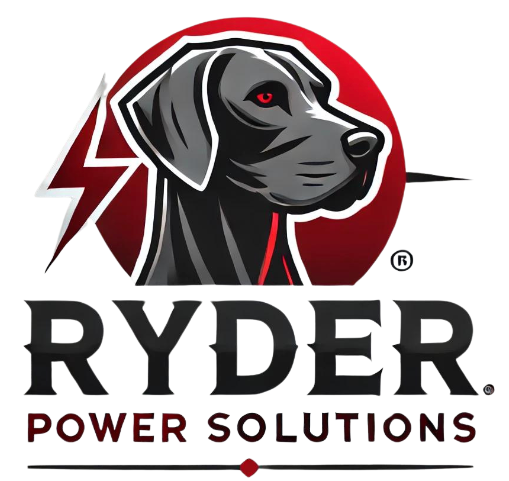
A Static phase converter can be an important power source for specific pieces of machinery. But what exactly is a state phase converter? How does it work? What types of machinery can it be used to power? This article will give you all the basic knowledge you need to determine if you need a state phase converter, or if you need a rotary converter instead.
What Is a Static Phase Converter?
A static phase converter is a startup device used to power three-phase motors that are on single-phase power. This means that the converter generates three-phase power to start the equipment's motor. Once the motor has started, the static converter drops out, and the motor will run on single-phase power. This means that only two of the three windings within the converter will receive power after startup, reducing the horsepower output by about one-third to one-half of its full power.
This makes a static phase converter ideal for operating motors that don't require full power output continuously, but they're not recommended for equipment that requires continuous high load output. However, for hobby applications or occasional use where motors don't require full power, a static phase converter is a cost-effective option.
Finding the Right Size Converter
Phase converters come in various sizes, with different limits on their power output. It's important that you find a static phase converter that is rated for the horsepower of the motor you wish to start. Remember, these are intended for easy to medium motor loads.
Now, you might think that buying an oversized converter will simply ensure you have enough power to start up any motor. However, it is possible to oversize your converter, and this can lead to some issues. An oversized static phase converter produces too much startup power, which can excite the motor and cause it not to start.
Additionally, it's important to note that a larger converter won't help the motor to run on full power; it will still operate at two-thirds to one-half of its horsepower once the motor has started and the static converter has disengaged.
Do You Need a Static or Rotary Converter?
Static converters do have their limitations, so it's important to know whether a static phase converter will work for you, or if you need a rotary converter. Here are some common, acceptable loads that will usually function with the use of a static converter:
- Bench grinders
- Chop saws
- Drill presses
- Meat slicers
- Table saws
- Belt-drive band saws
- Industrial dough mixers
- Sewing machines
- Above-ground pumps
- Table saws
- Horizontal conveyor belts
- And more
Here are a few common pieces of equipment that don't function on a static converter and require the use of a rotary converter:
- Air compressors
- Bailers
- Direct-drive band saws
- Vehicle lifts
- Granite saws
- Hoists
- Shears
- Thickness planers
- Vacuum pumps
- And others
If you're unsure whether you need a rotary or static converter for your equipment, or you have any questions about finding the right size phase converter, contact us and ask for help. If you're asking, "Where can I find phase converters near me?" get in contact with us. We'll ensure you get the best phase converter for your equipment to provide optimal operation and power output every time.

Leave a comment
This site is protected by hCaptcha and the hCaptcha Privacy Policy and Terms of Service apply.